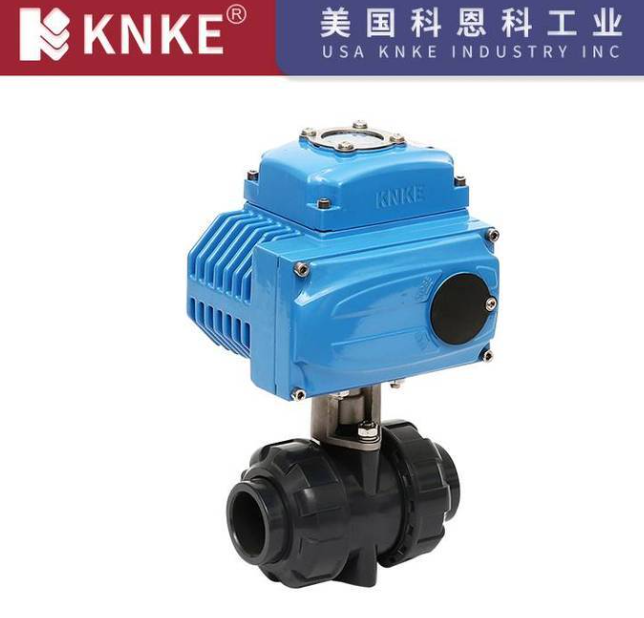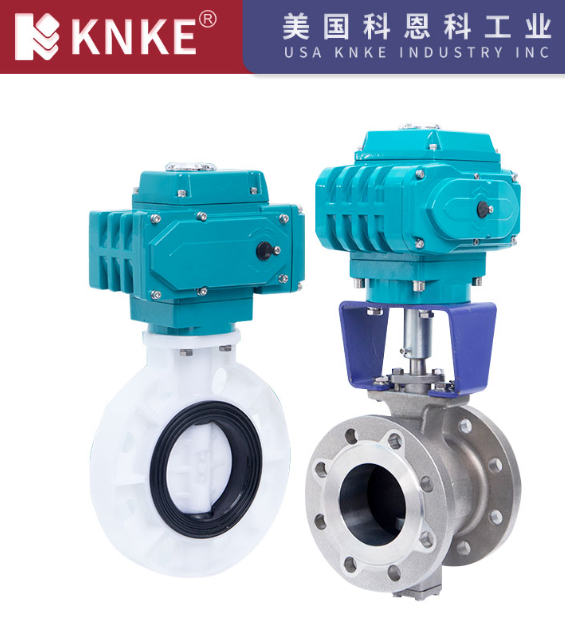Types and Classifications of Electric Valves for Optimal Selection
Electric valves are indispensable devices in pipeline control. They consist of two main parts: the valve body and the electric actuator. By controlling the valve body through the electric actuator, precise control of the pipeline fluid is achieved. Due to their simplicity of operation, long service life, and wide applicability, electric valves are widely used in agricultural irrigation, energy extraction, pipeline transportation, water treatment, and many other fields. Given the wide variety of electric valves, many users, especially beginners, may easily choose the wrong product. Today, we will introduce the classification of electric valves to help you make informed decisions.

Valve Body Classification
From the perspective of valve body type, electric valves can be divided into two main categories: electric ball valves and electric butterfly valves. Electric ball valves can be further divided into two-way, three-way, and four-way ball valves. Each type has its own advantages and disadvantages in practical applications, and the choice should be based on the specific usage scenario.
Based on the valve body material, electric valves can be classified into stainless steel, brass, UPVC, and cast iron. Different materials offer varying levels of corrosion resistance, pressure tolerance, and service life, so the appropriate material should be selected according to the characteristics of the working environment.
According to the connection method, electric valves have several options, including threaded, flanged, clamped, and direct insertion connections. Threaded connections are suitable for small and medium-sized valves, while flanged connections are more commonly used for large-diameter applications that require high sealing performance.
Actuator Classification
The electric actuator is the core component that controls the opening and closing of the valve. From a functional perspective, electric valves can be divided into on-off type and regulating type. On-off electric valves are used for simple open/close control, while regulating electric valves can precisely adjust the valve opening, making them suitable for scenarios that require precise flow control.
On-off electric valves can also be classified into normally open and normally closed types based on their power status. A normally closed electric valve remains closed when there is no power, while a normally open valve stays open when there is no power. The choice between these types depends on specific application requirements, such as safety and reliability considerations.
Example of Combination Naming

Understanding the classification of electric valves allows us to combine different attributes to name them. For example:
- Regulating Stainless Steel Electric Ball Valve: Used for precise flow control, made of corrosion-resistant stainless steel, suitable for industrial applications.
- UPVC Electric Three-Way Ball Valve: Made of UPVC, suitable for low-pressure, non-corrosive environments.
- Stainless Steel Electric Flanged Butterfly Valve: Suitable for large-diameter pipelines, with a flanged connection for high sealing performance.
Additionally, there is a special type of electric valve known as the compact electric valve. This type of valve is small in size and has a small diameter, typically used for controlling small flow rates. It comes in materials such as stainless steel, brass, and UPVC, and the actuator can have smart timing features, which are common in applications with high automation requirements.
How to Choose the Right Electric Valve?
Choosing the right electric valve is crucial. An improper choice may lead to resource waste and impact normal usage. For instance, for electric valves of the same diameter, an electric butterfly valve is often much cheaper than an electric ball valve, but the butterfly valve’s diameter usually needs to be greater than DN50. In certain special working environments, it is also necessary to select explosion-proof electric valves, sanitary electric valves, or high-pressure electric valves to meet specific industry requirements.
Therefore, when selecting an electric valve, it is essential to communicate with professional technicians, describe the working environment and requirements in detail, and find the most suitable product to avoid losses caused by incorrect valve selection.
Electric valves have a wide range of applications in both industrial and residential fields. There are many types of electric valves, each with different applicable ranges and characteristics. Understanding their classification and choosing based on actual needs can effectively improve system efficiency and reduce maintenance costs. We hope this article helps you when selecting electric valves. If you have questions about specific products, please consult professional personnel for more detailed guidance.
